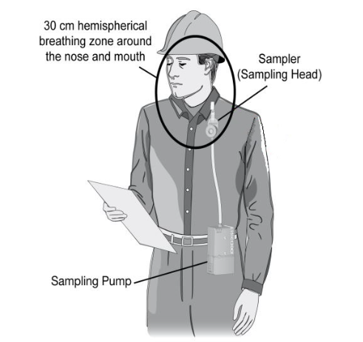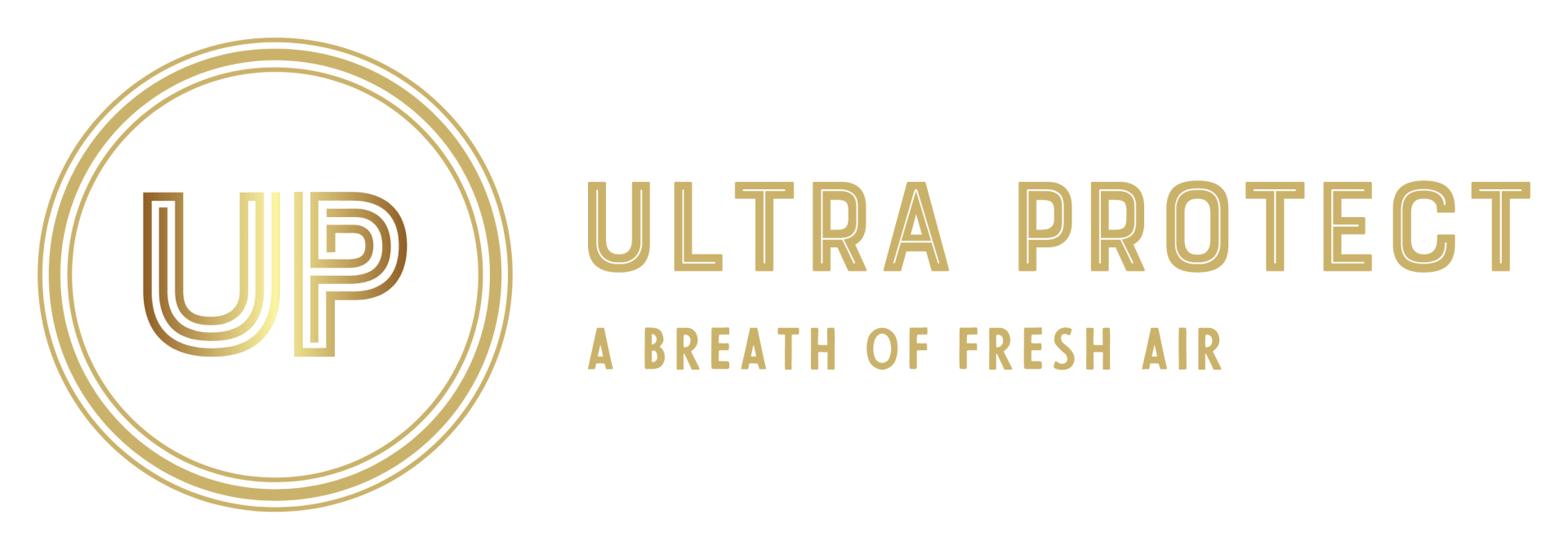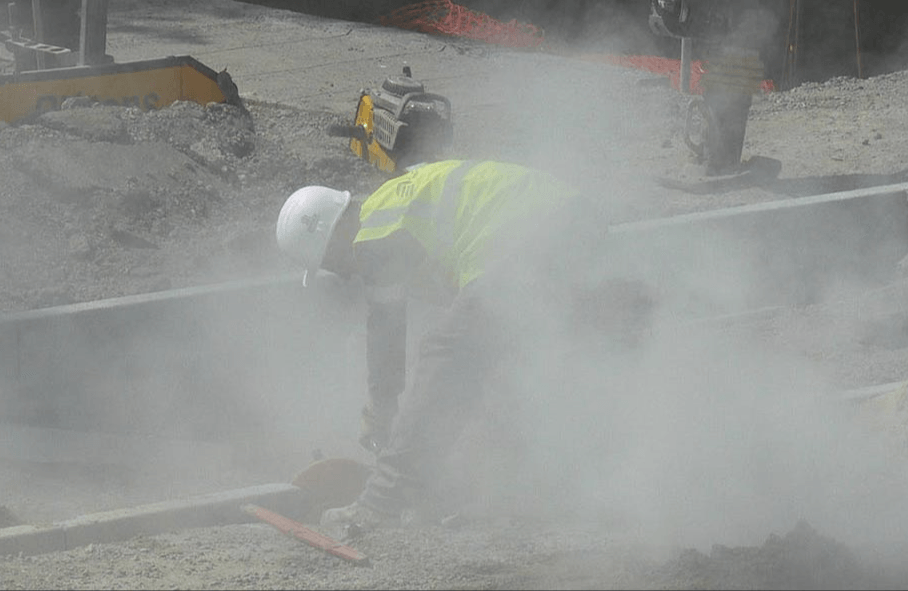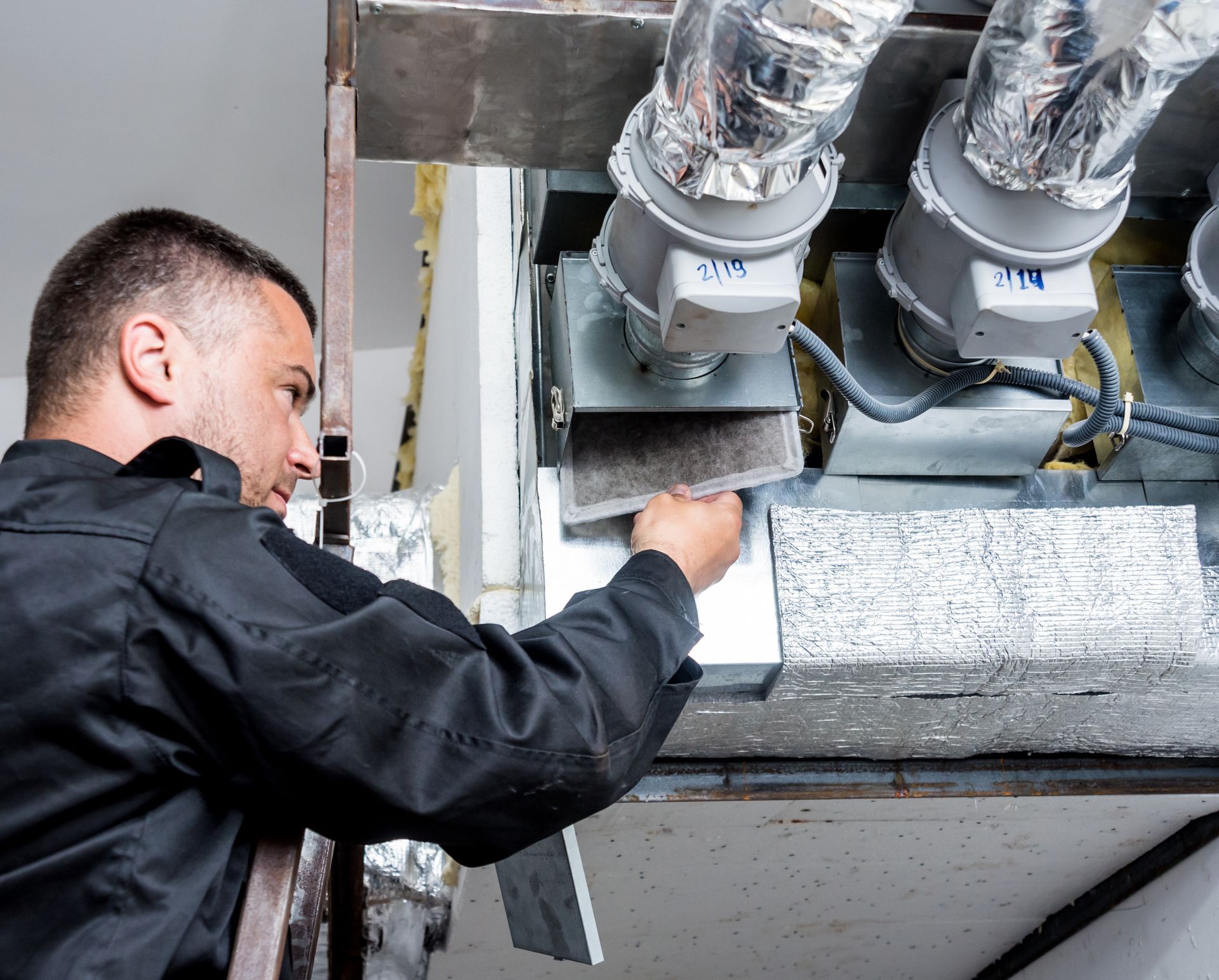Silica Air Sampling Services
Explore our silica sampling and testing services to ensure the safety and health of your employees as well as for compliance.
Respirable Crystalline Silica Testing
At Ultra Protect, we are committed to safeguarding your workforce through meticulous RCS monitoring and risk management solutions. We identify, evaluate and control risks through our monitoring and testing services.
We ensure your business meets EH40/2005 and COSHH regulations with our environmental compliance services, including thorough RSC assessments and surveys. We are also committed to providing on-going training and after-care services for our clients.
Book Your Silica Air Sampling Today
Contact Us to Book Your Silica Sampling And Testing Services
Our Silica Monitoring Process
When it comes to our silica air sampling services, we are essentially capturing the contaminants from a known volume of air, measuring the amount of contaminant captured, and expressing it as a concentration.
We do this with the help of Silica Air Sampling, which helps us to understand the levels of RCS Silica within your breathing zone.
This means that silica air sampling requires three basic measurements:
1. The flow rate of air through the collection medium.
2. The sample run time.
3. The amount of contaminants collected.
Dust will often have many other contaminants attached to it, but air quality monitoring is often conducted to measure the concentration of particles within the air to assess if you need to invest in dust management or
dust extraction systems.
How is Air Sampling Carried Out?
Put simply, air sampling is capturing the contaminants from a known volume of air, measuring the amount of contaminant captured, and expressing it as a concentration.
This means that air sample requires three basic measurements;
1. The flow rate of air through the collection medium.
2. The sample run time.
3. The amount of contaminant collected.
Dust or particulate air sampling measures the concentration of physical particles in the air.
Dust will often have many other contaminants attached to it but air monitoring is often conducted to measure the concentration of particles / particulates within the air.

Book Your RCS Silica Sampling
Complete the form below and a consultant will contact you as soon as possible









